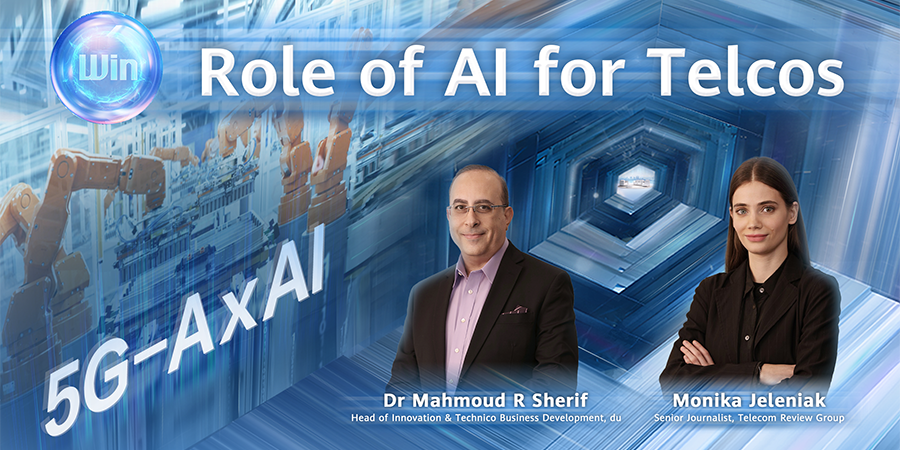
IN THE SPOTLIGHT
Latest News
In an exclusive WinWin interview hosted by Telecom Review, du's pioneering role in the telecom industry's transformation was spotlighted. As a frontrunner in innovation, the company is harnessing the power of artificial intelligence (AI), 5G, and cutting-edge digital solutions to reshape the landscape.
In an exclusive WinWin interview hosted by Telecom Review, Sun Shiwei, Deputy General Manager of China Mobile Department of Market Operation, and George Gao, President of Huawei’s Cloud Core Network Product Line, shared their valuable insights into China Mobile’s pursuit for value-driven operations and its efforts to set a global benchmark by leveraging the power of 5G-Advanced (5G-A) and artificial intelligence (AI).
In an exclusive WinWin Live interview hosted by Telecom Review Group at MWC Barcelona 2025, Sergey Melnikov, Chief Technology Officer of Ucell, and Eric Bao, President of Huawei Wireless DIS Product Line, shared their perspectives on consistent indoor and outdoor experiences, which help them maintain their industry leadership.















































